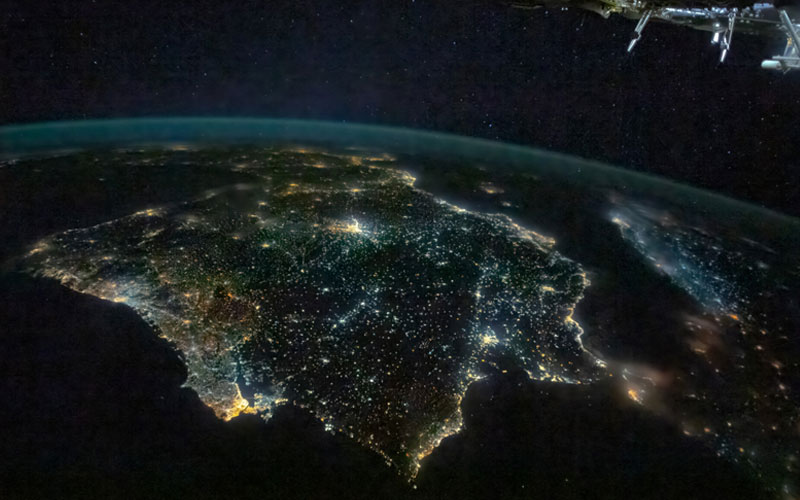
The European Space Agency has published a call for a study that would examine the feasibility and commercial viability of collecting nighttime remote sensing data.
Most traditional remote sensing satellites must operate in daylight conditions to collect usable data. Additionally, those that can operate during the night, like synthetic aperture radars, are typically placed in dawn-dusk orbits due to power and thermal constraints. This means that nighttime phenomena are often left partially or entirely unmonitored.
With The Dark Side of Earth feasibility study, the agency hopes to examine the technical feasibility and commercial viability of innovative satellite-based downstream services and solutions leveraging space-based nighttime datasets. This data could have applications in natural resources management, energy efficiency, maritime control, and the financial sector.
The Dark Side of Earth feasibility study will be managed under ESA’s Directorate of Commercialisation, Industry, and Procurement. The directorate was created in May 2021 in response to the Director General’s Agenda 2025 initiative, which included commercialisation as one of the agency’s strategic priorities.
The study’s call is open to companies and institutions from all 22 ESA member states. The selected applicants will receive between €100,000 and €200,000. If the agency chooses to proceed with the initiative following the conclusion of the feasibility studies, a new call will be published for Phase A development.




